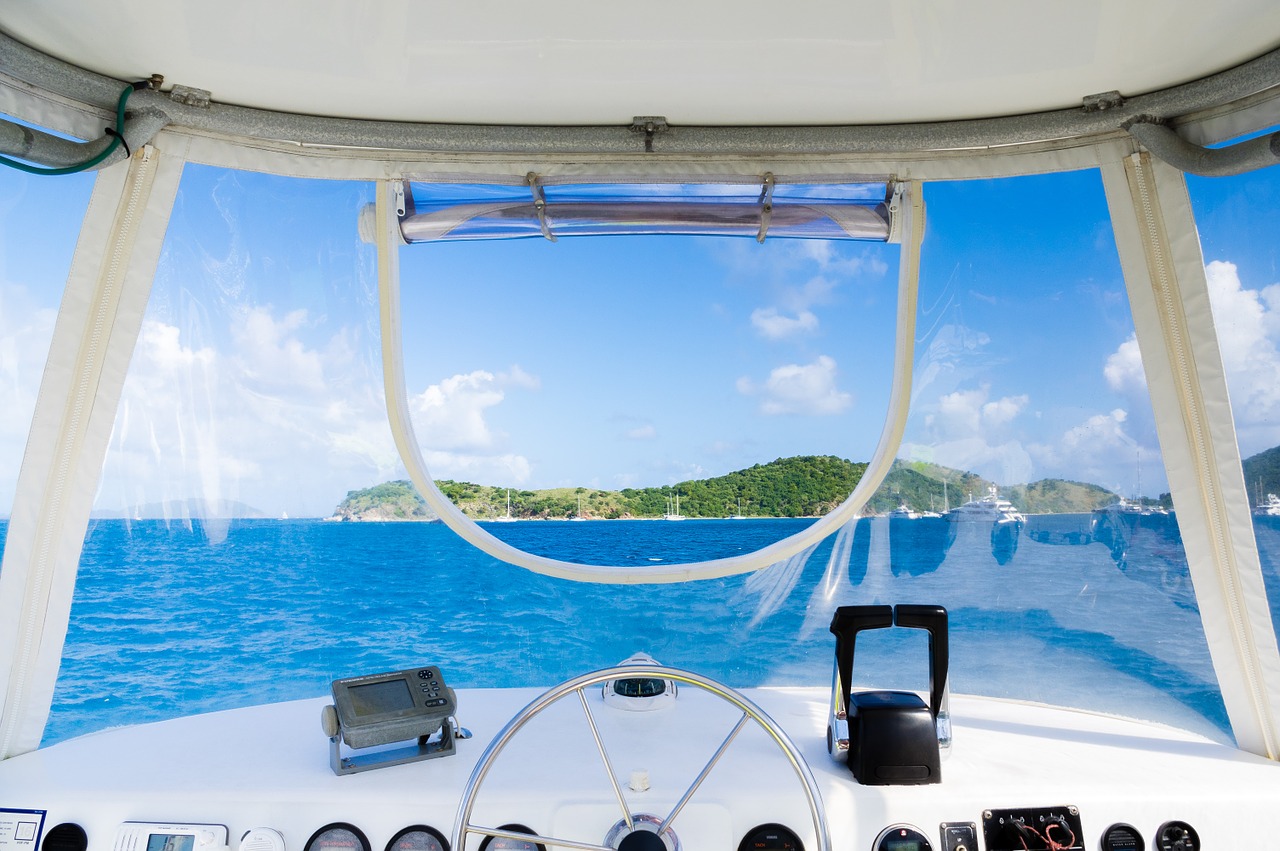Quick Reads - Guide to Marine Electronics
Capt'n Billy writes for forums, blogs and periodicals and has enjoyed sailboats, power watercraft, and fishing in the lakes and rivers of Western PA and NY, and along the Eastern Seaboard since the 60s.
My Boating Friends, there have recently been a few articles and blogs that describe the dizzying number of features and options you have to think about when you are buying marine electronics. Honestly, Friends, it just ain't so complicated! You have a few basic choices, and when you've answered them in your own mind, everything else just flows downhill from those choices like a sweet little trout stream in the morning.
Question #1
Do you want to know what's above the water, below the surface, or both?
Question #2
Your safety: Are you going far out to sea or are you on a remote lake, or do you stay closer to the shore?
Question #3
Are you generally a gadget-person and love to see all the different charts and data, or are you basically there to relax and cruise or fish and just want it as simple as possible?
Having answered those "personality" questions, we can get down to specifics, but one point I think you can see from those questions: it's all personal. There is no "should". This is all about what you want.
Here are the five basic categories of marine electronics:
The Display: Marine electronics utilize a central control hub, usually referred to as a Multi Function Display (MFD). Deciding what MFD to buy comes down to features such as Rotary Knob control vs Touchscreen, Dual Channel Chirp (Low / High frequencies) vs Single Channel (Low frequency) or Networkability. Multiple screens can be networked together allowing for more personalization on each display - Radar could be on one side and maybe a fish finder on the other. Additionally, nautical maps from Navionics, C-Map or Lighthouse are typically preinstalled helping you stay on course.
Above the water: Radar can see the shoreline, the weather, and the bait balls and frigate birds out as far as 70 nautical miles, depending on model. These are especially useful during periods of restricted visibility like fog or rain. Radar integrates a chart plotters, autopilots and GPS, although these functions are often grouped with the MFD. A skipper will think through why they want to see beyond what the human eye sees, and that will guide the model selection. Top brands in this space include Garmin, Simrad and Furuno.
Below the water: Chirp Sonar does the same thing as the radar, but under the water. Whether you are looking for fish (fish finder) or watching the contours of the bottom, there are versions of transducers and software for each. A transducer will send out a signal which will bounce back off an object whether it's a school of fish or a submerged rock outcropping. The two main transducer considerations are for distance, which the old salts will talk about in terms of the transducer producing low, medium, and high frequency signals (far, medium, and close distances respectively), and the other consideration is whether you want to look sideways, down, or forward as that relates to both the transducer and its mounting.
Communications: VHF is the 2-way radio that is used for talking with the Coast Guard and other boats (VHF means "very high frequency" and refers to the frequency band for marine radios, which relates to the distance it can transmit). Ocean going ships will also use VLF (Very Low Frequency gear) which talks beyond the horizon. Some 2-way radios are are designed for ship-to-shore, some are ship-to-ship, and some are ship-to-satellite for very long distances. If you are going out more than a few miles or on a cruise through the islands, you may choose the satellite type. In the Communications category we could also consider TV reception and other leisure activities. AIS (Automatic Identification System) allows you to know the identity and course of larger boats and commercial ships. EPIRBs and PLBs are emergency broadcasters if you encounter trouble.
Entertainment: There are so many opportunities for making life on the high seas more pleasant. This is where personalization can really pay off. Marine stereos, speakers, satellite TV, (or HDTV), and cell / data service. This can be your living room on the water. Top brands in this space include KVH, Fusion, Intellian and Infinity.
These are the main categories of marine electronics. Not so overwhelming, right? Basically the items here help you both be aware of what's around you while you are enjoying your boating by keeping you safe, letting you have a productive fishing day, allowing you to relax on your boat and surrounding you with your personal marine environment.
After answering these basic questions, take a look at MyGreenOutdoors.com and chat with one of our associates on Live Chat or call us at (800)305-2726 and tell us what's important to you. We'll spend whatever time you need to discuss your choices.
By the way, we are authorized dealers of Garmin, Simrad, Raymarine, Furuno and many other top brands.
Capt'n Billy wishes you a fabulous day on the water! Thanks for stopping by MyGreenOutdoors today.

Recent Posts
-
Which Livescope Bundle is Right for Me?
MyGreenOutdoors.com offers the easiest way to get the amazing Garmin Panoptix Livescope & Livescope …5th Oct 2022 -
New Release - Lowrance Hds Live is Now in Stock
Just released and now in stock - HDS Live with Active Imaging - See the fish like never before!HDS L …7th Nov 2018 -
New Release - Minn Kota Motors with MDI
We are starting to receive some of the new Minn Kota trolling motors with built in mega down imaging …29th Oct 2018

